Python Import From Parent Directory
When working with Python, it is common to organize code into modules, which are separate files containing functions, classes, and variables that can be reused across different projects. Typically, these modules are stored in the same directory as the main Python script. However, in certain cases, you may need to import modules from the parent directory. In this article, we will explore why this need arises and discuss various methods to import modules from the parent directory in Python.
Understanding Module Imports in Python:
Before diving into the specifics of importing modules from the parent directory, let’s first understand how module imports work in Python. When Python encounters an import statement, it searches for the requested module in several places. It starts by looking in the built-in modules, then checks the directories listed in the `sys.path` variable, and finally searches the current directory.
Importing Modules from the Same Directory:
When importing modules from the same directory, Python does not require any additional configuration. The `import` statement can directly reference the module by its filename without specifying the directory. For example, if the module is named `example_module.py`, you can import it using `import example_module`.
The Need to Import Modules from the Parent Directory:
There are situations where you may want to import modules from the parent directory. One common scenario is when you have a project structure with multiple subdirectories, and you need to import a module located in a higher-level directory. Another situation is when you are working on a library or a package and want to import modules from the parent directory to keep the code organized and modular.
Overview of the `sys` Module in Python:
To understand how to import modules from the parent directory, we need to explore the `sys` module in Python. The `sys` module provides functions and variables that interact with the Python interpreter. It also includes a variable called `sys.path`, which is a list of directories where Python searches for modules.
Using `sys.path.append()` to Import Modules from the Parent Directory:
One way to import modules from the parent directory is by using the `sys.path.append()` method. This method allows us to temporarily add a directory to the `sys.path` list, making it accessible for module imports. Here’s how you can do it:
“`python
import sys
sys.path.append(“..”)
“`
By appending `”..”` to `sys.path`, Python will search for modules in the parent directory. This way, you can import modules from the parent directory as if they were in the same directory as your script.
Understanding the PYTHONPATH Environment Variable:
In addition to using `sys.path.append()`, Python also provides another method to import modules from the parent directory. This method involves modifying the PYTHONPATH environment variable.
Method 1: Adding the Parent Directory to PYTHONPATH:
The PYTHONPATH environment variable is a list of directories that Python adds to `sys.path`. By adding the parent directory to the PYTHONPATH, Python will automatically search for modules in the parent directory. However, this method requires modifying the environment variable, which may not be feasible in all situations.
Method 2: Using a Custom Module Importer:
Another approach to importing modules from the parent directory is to create a custom module importer. This method involves writing a Python script that modifies `sys.path` programmatically to include the parent directory. This way, you can avoid modifying the PYTHONPATH environment variable directly.
Benefits and Drawbacks of Importing Modules from the Parent Directory:
Importing modules from the parent directory offers several benefits. It allows for better code organization and modularity, especially when working on larger projects with multiple subdirectories. It also enables better code reuse and reduces duplication of modules.
However, it is important to exercise caution when importing modules from the parent directory. Importing modules from higher-level directories can lead to confusion and dependency issues. It breaks the encapsulation and can make the code harder to maintain. Moreover, excessive use of importing modules from the parent directory can harm the readability and understandability of the codebase.
Conclusion:
Importing modules from the parent directory in Python can be useful in certain scenarios, especially when working on larger projects or organizing code into packages. It involves using methods like appending to `sys.path` or modifying the PYTHONPATH environment variable. However, it is crucial to consider the drawbacks and exercise caution when importing modules from the parent directory.
Python – Importing Your Modules (Part 2: Import From A Different Folder ~7 Mins! No Ads)
Keywords searched by users: python import from parent directory attempted relative import beyond top-level package, Python3 import from parent directory, Python import module from another directory, Python import from sibling directory, Get parent directory Python, Import function from parent folder python, Python open file from parent directory, From import Python
Categories: Top 13 Python Import From Parent Directory
See more here: nhanvietluanvan.com
Attempted Relative Import Beyond Top-Level Package
In the world of programming, Python has gained significant popularity due to its simplicity and versatility. One of the key features that makes Python powerful is its ability to organize code into modules and packages, making complex projects more manageable. However, developers sometimes encounter a common error known as “attempted relative import beyond top-level package”. In this article, we will explore this error in depth, understand its causes, and discuss possible solutions to fix it.
Understanding the Error:
The “attempted relative import beyond top-level package” error occurs when a Python module is being imported using a relative import statement, but the import is not taking place within a recognized package or module structure. In simpler terms, there is a problem with the import location, causing the error to be raised.
Causes of the Error:
There are two main causes for this error:
1. Incorrect Import Statements: This error often occurs when an import statement references a module or package that is not within the Python import path. The import path is a series of directories where Python looks for modules/packages. If the import statement refers to a location outside the import path, the error occurs.
2. Incorrect File Structure: Another possible cause is an incorrect file structure. If the file structure does not follow the recognized package and module hierarchy, the relative import beyond the top-level package error will be raised. Correct organization is crucial to enforce proper importing.
Solutions to Fix the Error:
Now that we understand the error and its causes, let’s explore some possible solutions to resolve it:
1. Use Absolute Import: Instead of using relative import statements, you can use absolute import statements to resolve this error. Absolute import statements specify the full path to the module or package being imported, eliminating the need for relative import beyond the top-level package. For example, instead of using “from ..module import function”, you could use “from package.module import function”.
2. Make Sure Directory is a Package: Ensure that the directory where the module resides is recognized as a package. This can be accomplished by including an empty __init__.py file within the directory. The __init__.py file signifies to Python that the directory is a package and can be imported.
3. Adjust File Structure: Review and adjust the file structure to follow the package and module hierarchy. This involves organizing the files into appropriate directories and subdirectories to match the intended package structure. By adhering to the correct structure, you can prevent the relative import beyond top-level package error from occurring.
Frequently Asked Questions (FAQs):
Q1. Why does this error occur?
This error occurs when Python encounters an import statement that references a module or package outside the recognized import path. It can also occur due to an incorrect file structure that does not follow the package hierarchy.
Q2. How can I resolve the attempted relative import beyond top-level package error?
To fix this error, consider using absolute import statements instead of relative ones. Additionally, ensure that the directory where the module resides is recognized as a package by including an __init__.py file. Finally, review and adjust the file structure to adhere to the package and module hierarchy.
Q3. Can I entirely avoid relative imports?
Yes, you can avoid using relative imports by consistently using absolute imports. While relative imports may seem convenient in some cases, they can become problematic when dealing with complex project structures. By using absolute imports, you can eliminate the possibility of encountering the attempted relative import beyond top-level package error.
Q4. Are there any automated tools to help with resolving this error?
Yes, there are tools available, such as pylint and flake8, which can detect and guide you in resolving this error. These tools can provide suggestions and recommendations to ensure proper import statements and file organization.
In conclusion, the “attempted relative import beyond top-level package” error can be a common stumbling block for Python developers. By understanding its causes and exploring the suggested solutions, you can effectively resolve this error and maintain a well-organized and efficient codebase.
Python3 Import From Parent Directory
Python is a versatile programming language that provides several ways to import modules and packages for code organization and reuse. When working on complex projects, it is common for developers to have a need to import modules from the parent directory. In this article, we will explore various techniques to accomplish this task in Python 3.
Importing modules from a parent directory can be necessary when you have a file or package that needs to access resources or functionalities from a higher-level directory. This can be particularly useful when you want to avoid code duplication or when working with multi-level project structures.
There are multiple ways to import from the parent directory, each with its own set of advantages and considerations. Let’s dive into some of these techniques:
1. Using sys.path.append():
One simple approach is to modify the system path using the sys module. By appending the parent directory to sys.path, Python will search for modules in the parent directory as well. Here’s an example:
“`python
import sys
sys.path.append(‘../’)
from parent_module import some_function
“`
While this method works, it has some drawbacks. Modifying the system path can lead to unexpected behavior if the same module name exists in different directories, causing potential import conflicts.
2. Using the dot notation:
In Python, the dot notation is used to navigate through modules and packages within a directory. To import a module from the parent directory, simply prefix the module name with ‘.’:
“`python
from ..parent_module import some_function
“`
One important thing to note is that the dot notation can only be used inside a package. Additionally, this technique requires that the parent directory is a Python package with an __init__.py file.
3. Using the imp module:
The imp module provides a low-level interface for importing modules in Python. To import from the parent directory, you can use the imp.load_source() function:
“`python
import imp
module = imp.load_source(‘module_name’, ‘../module.py’)
“`
By specifying the module name and its path, you can dynamically load the module from the parent directory. This method allows more control over the import process but can be cumbersome for large projects.
4. Using pathlib:
Starting from Python 3.4, the pathlib module provides an object-oriented approach to handle file system paths. Using pathlib, you can easily resolve the path to the parent directory and import modules from there:
“`python
from pathlib import Path
import sys
parent_dir = Path(__file__).resolve().parent.parent
sys.path.append(str(parent_dir))
from parent_module import some_function
“`
Using the resolve() method, the absolute path of the current script is obtained. By chaining parent calls, the parent directory can be accessed. Finally, the parent directory is added to sys.path to enable the import.
FAQs:
Q: Why would I need to import from a parent directory?
A: Importing from a parent directory can be necessary when you want to reuse code or access resources from higher-level directories. It can help avoid code duplication and is useful for multi-level project structures.
Q: What is the dot notation used for?
A: The dot notation is used to navigate through modules and packages within a directory. It allows you to import modules from the parent directory by prefixing the module name with a dot.
Q: Are there any limitations in using sys.path.append()?
A: Modifying the system path using sys.path.append() can cause import conflicts if the same module name exists in different directories. It is important to ensure the uniqueness of module names to prevent unexpected behavior.
Q: Do I need to create a package for the parent directory?
A: Yes, to use the dot notation, the parent directory needs to be a Python package with an __init__.py file. This signals Python to treat it as a package.
Q: Which method is the best for importing from a parent directory?
A: The choice of method depends on the specific project requirements and preferences. Using sys.path.append() is the simplest approach, while pathlib offers a more modern and flexible way to handle file system paths. Consider the pros and cons before selecting the appropriate method.
In conclusion, importing from a parent directory in Python 3 can be achieved through various techniques such as modifying sys.path, using the dot notation, imp module, or pathlib. Each method has its own set of advantages and considerations, and the choice depends on the project’s needs. Understanding these techniques will allow you to effectively organize and reuse code in complex projects.
Images related to the topic python import from parent directory

Found 35 images related to python import from parent directory theme
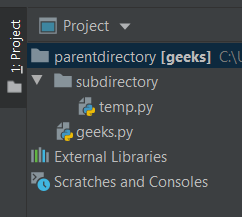
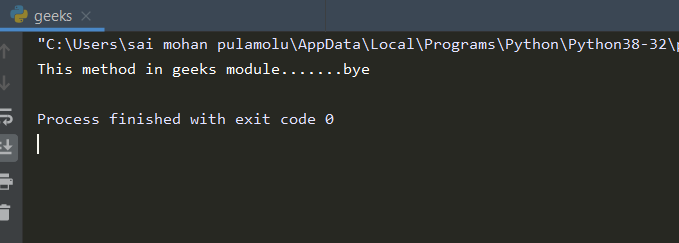


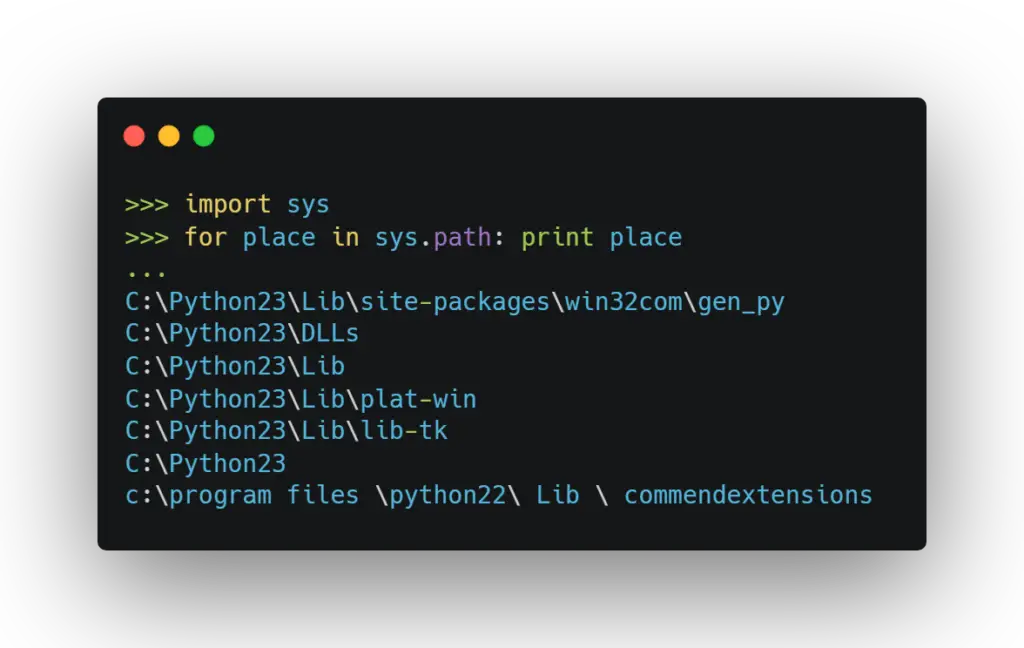
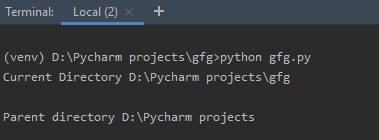
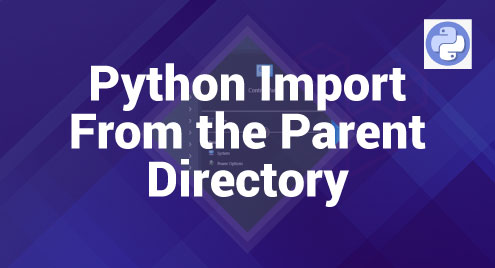


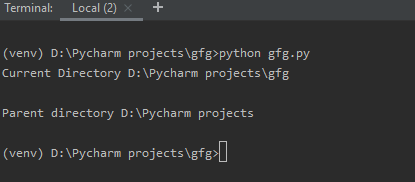






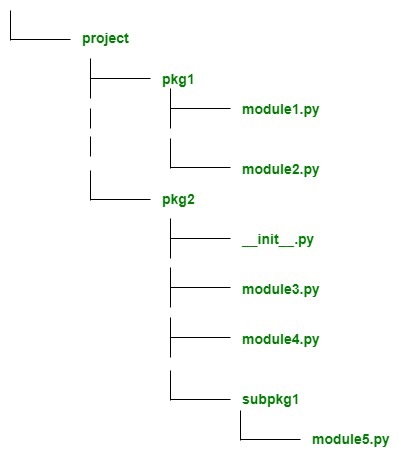
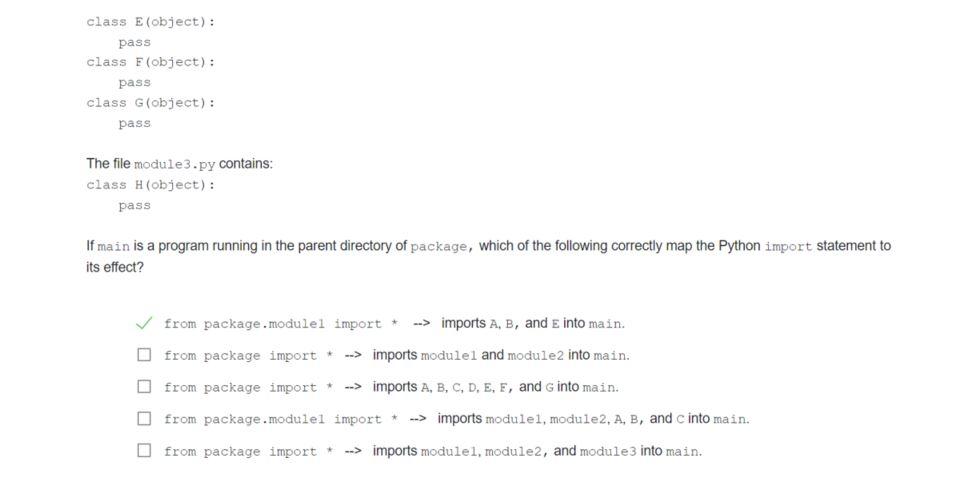


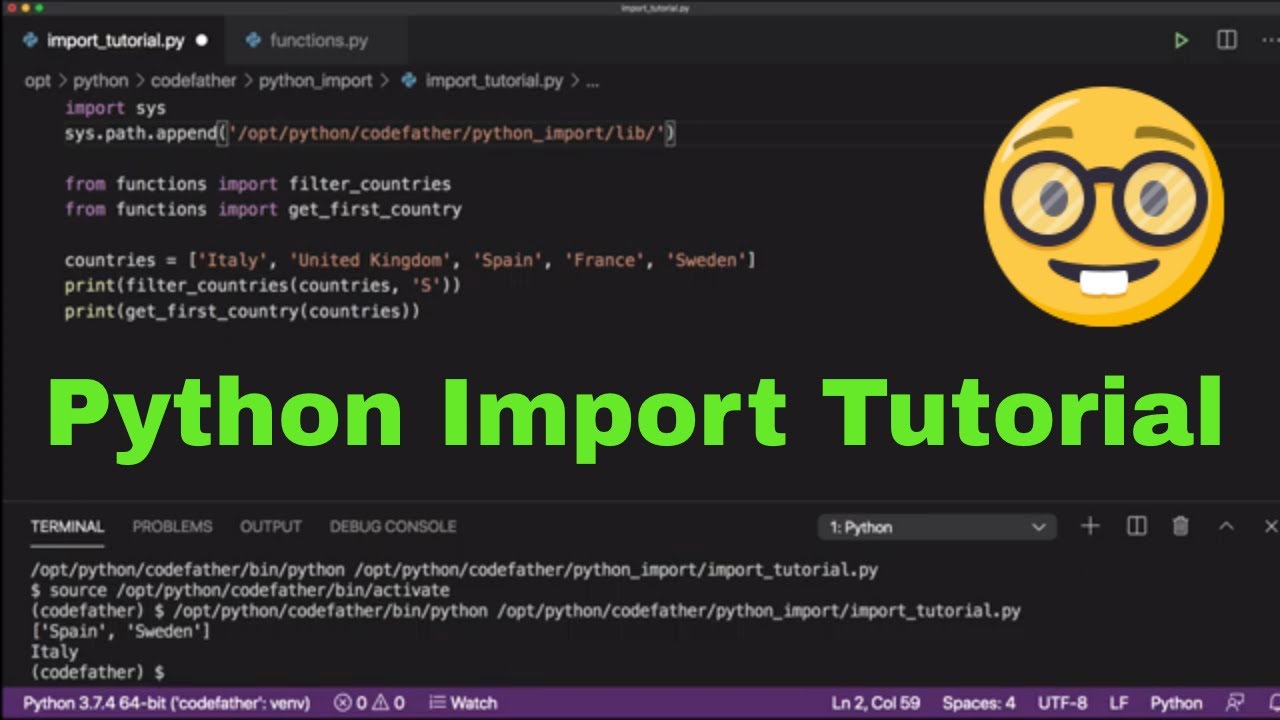







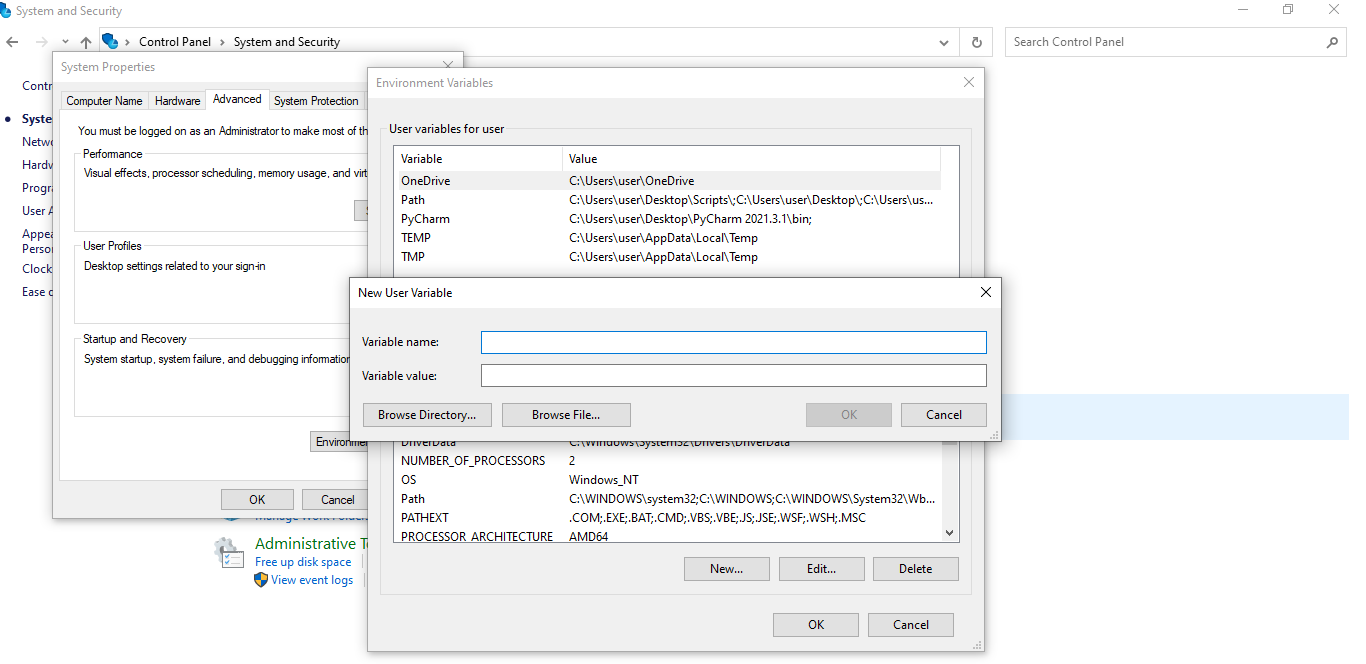

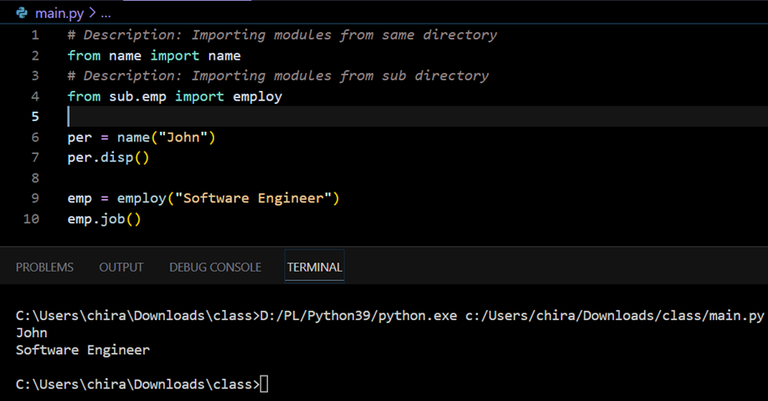



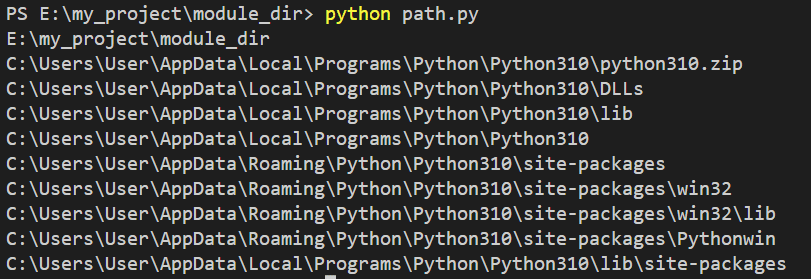





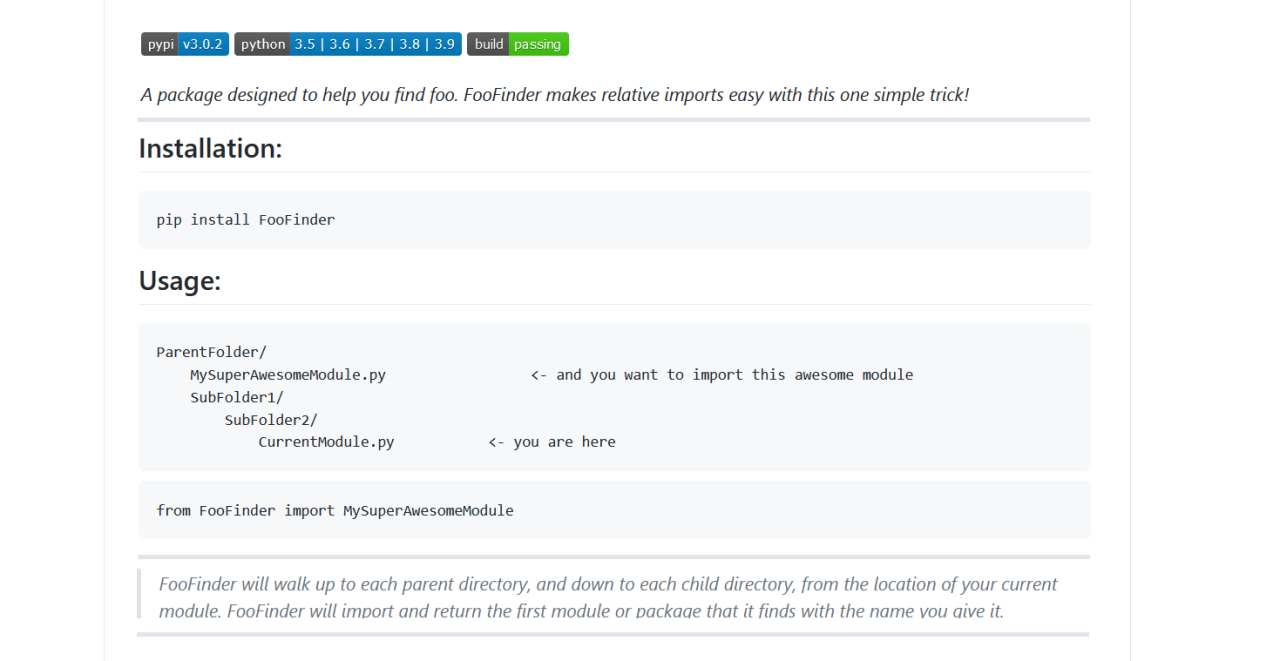




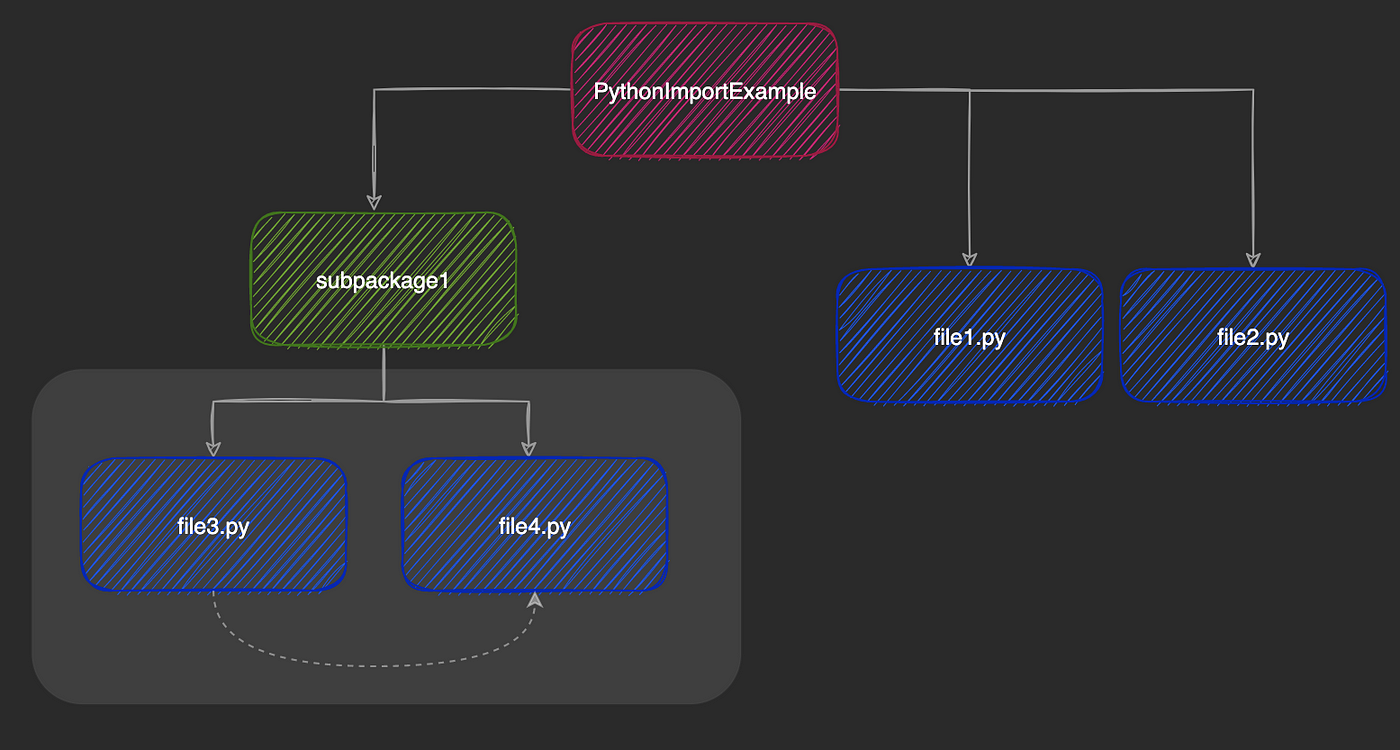
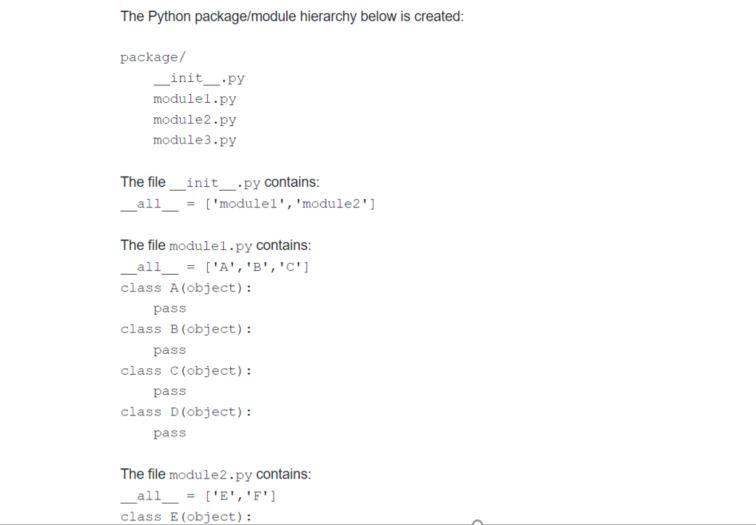



Article link: python import from parent directory.
Learn more about the topic python import from parent directory.
- Python – Import from parent directory – GeeksforGeeks
- python – Importing modules from parent folder – Stack Overflow
- How to Import File from Parent Directory in Python? (with code)
- Python Import From a Parent Directory: A Quick Guide
- How To Import Module From Parent Directory In Python In 2022?
- How can I import a module from a parent directory in Python?
- Importing modules from parent folder – W3docs
- Python Import Module from Parent Directory in 3 Easy Steps
- Python Import from Parent Directory in Simple Way
- Import From Parent Folder · Python Cook Book
See more: nhanvietluanvan.com/luat-hoc